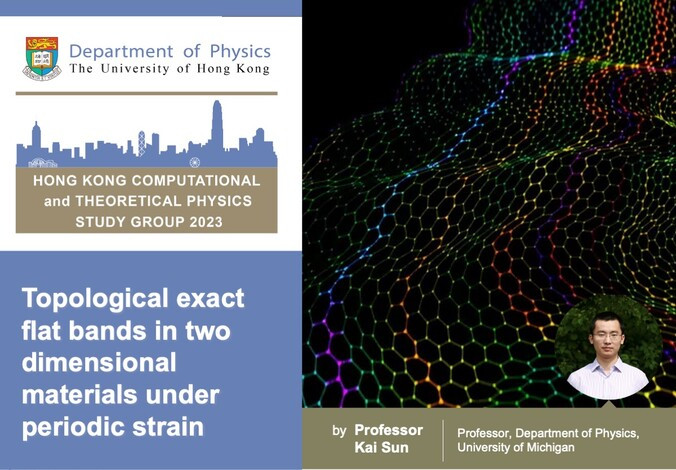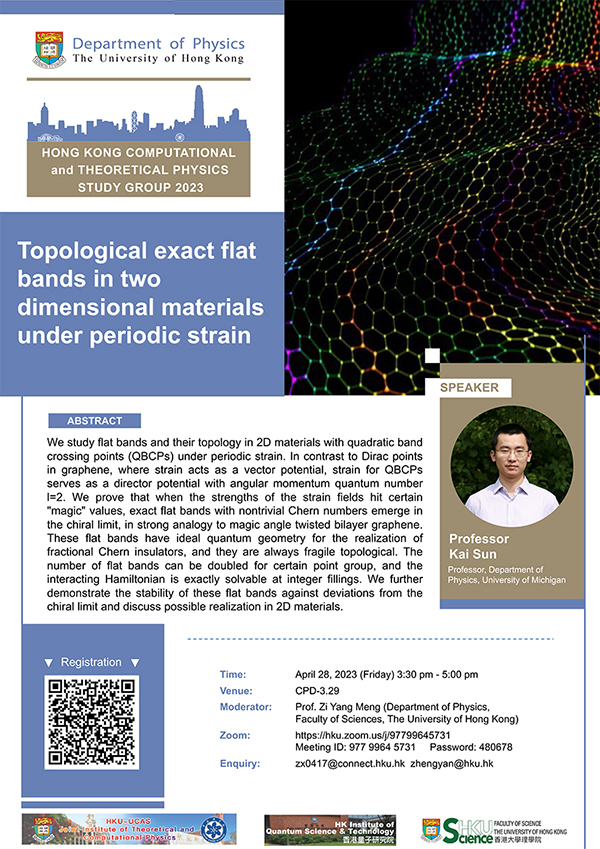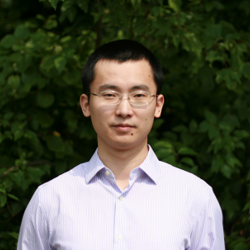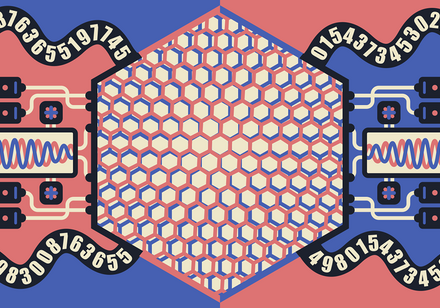Speaker Professor Kai Sun
Department of Physics, University of Michigan
Professor Kai Sun is an accomplished theoretical physicist. He received his PhD in Physics from the University of Illinois at Urbana-Champaign in 2009 and subsequently held a postdoctoral position at the Joint Quantum Institute at the University of Maryland College Park. In 2012 he joined the University of Michigan as a faculty member. In 2015 he was named a Sloan Research Fellow in Physics, a highly prestigious honor recognizing early-career scientists with outstanding potential. Professor Sun investigates how the interactions between particles in complex systems give rise to emergent phenomena and distinct phases of matter. One of his primary areas of research involves exploring the principles of topology to better understand the behavior of matter. His systematic exploration of novel topological phases has helped to shed new light on some of the most fundamental problems in condensed matter physics. His research has had a significant impact on the field of theoretical physics and he has collaborated with physicists from around the world.





